Shop
Showing 1–16 of 68 results
-
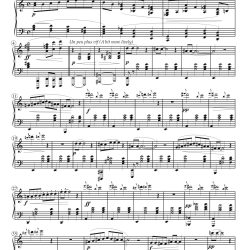
“Gnossienne No. 7”, the opening of Trois morceaux en forme de poire, arr. for piano two-hands
$0.50 Add to cart -
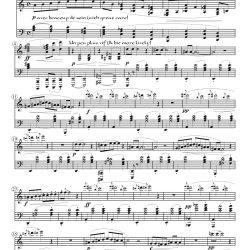
3 morceaux en forme de poire complete
$2.00 Add to cart -
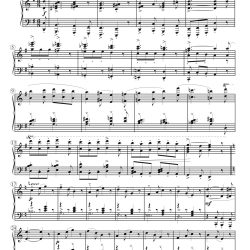
La Belle Excentrique
$1.00 Add to cart -
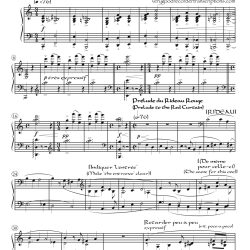
Parade, Ballet réaliste (Orchestral version)
$2.00 Add to cart -

3MorceauxEnPlusKbd.
$0.50 Add to cart -
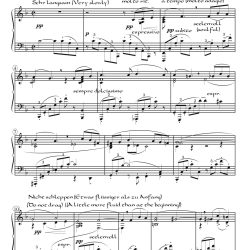
Adagietto from Symphony No. 5
$0.50 Add to cart -
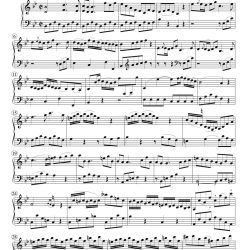
All Six Op. Posthumous Duet Sonatas
$3.00 Add to cart -
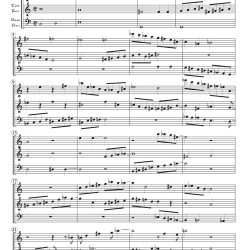
Canzona from Wawona
Read more -

Canzona from Wawona, for ATB recorders
$0.50 Add to cart -
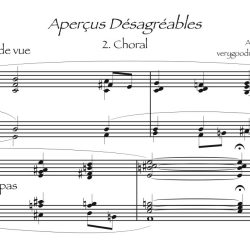
Chorale from Aperçus Désagréables
$0.50 Add to cart -
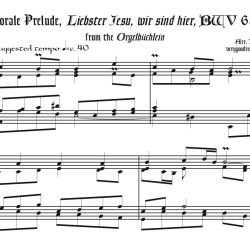
Chorale Prelude, “Liebster Jesu, wir sind hier”, BWV 633, from the Orgelbüchlein
Read more -

Chorale Prelude, Erbarm’ dich mein, O Herre Gott, BWV 721
$0.50 Add to cart -

Complete Set of Five Recorder Trios
$2.00 Add to cart -
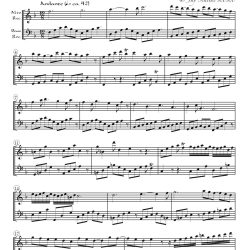
Duet based on an aria (vocal duet) from Bach’s Cantata 110
$0.50 Add to cart -
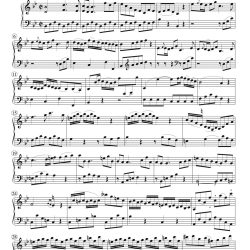
Duet Sonata Op. Posthumous No. 1, two versions
$0.50 View products -
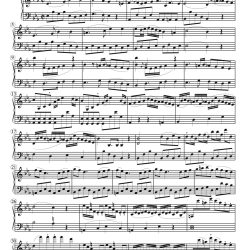
Duet Sonata Op. Posthumous No. 2
$0.50 Add to cart
